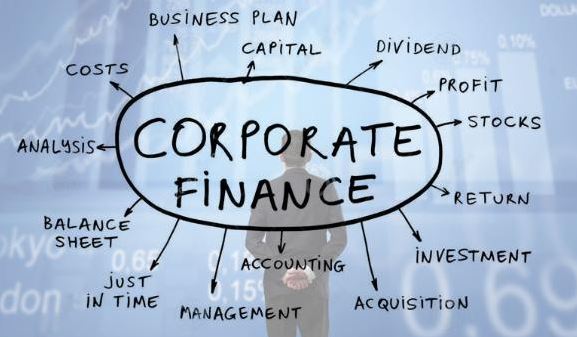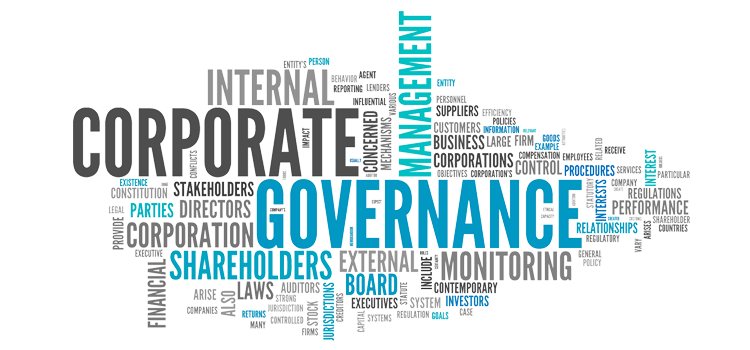Corporate Finance and Governance
Title: Corporate Finance and Governance. Merger refers to the legal act of combining of two preexisting corporations to form a new company. Acquisition is the absorption of one company by another through the purchase of its assets. Bankruptcy, on the other hand, refers to an entity’s legal status of being unable to service the debts it owes to creditors (Boone, 2002). It occurs when the debtor files a petition with the bankruptcy courts. The petition can be filed by an individual or a corporation.
The Birds Limited Company, it can adopt various approaches to avoid the scenarios above. The business can avoid merger by reducing costs by consolidating departments within the firm. Streamlining and departments and responsibilities can help cut costs and prevent a possible merger. The company can avoid a potential acquisition by using the staggered board of directors’ approach (Clayman, Fridson, & Troughton, 2011). A group of directors is elected at different times for multiyear terms which can delay a possible takeover. The business can negotiate with its creditors to delay filing for bankruptcy and come up with a plan to settle their debts.
Business failure is caused by a range of factors that emanate from either the macro or the microenvironment. Bankruptcy is one cause of business failure. The fact that a business is unable to service its debts leads to the insolvent liquidation. A company cannot access financial assistance from the banks if declared bankrupt. Bankruptcy can seriously derail a company’s credibility.
Poor management can lead to business failure. Enterprises that are poorly managed suffer from mismanagement of funds. Issuing credit services to such corporations is hard, and the businesses end up closing down. The banks refrain from issuing credit services to such companies, and this has a telling effect on the banking sector. Operating a business in an industry that is not profitable can lead to business failure. High-profit businesses benefit the banking sector as much as the companies benefit from the banks. Such companies can boost the banking sector since they make up part of the key stakeholders in the industry.
Unprofitable businesses cannot have the spending power or the ability to acquire massive loans from the banks. The inability to acquire and service loans stagnates the development of the banking sector.
Corporate Finance and Dividend Policy
The dividend policy contains a set of guidelines a company applies to decide on the amount to pay the shareholders. Clayman et al. (2011) acknowledge that the business has to consider a range of factors before settling on the appropriate approach when formulating dividend and capital structure policies. Business risk is one of the fundamental risks that put a company’s operations in jeopardy. The optimum debt ratio is lower in firms with a greater risk level. For instance, the risk level in a retail apparel company is much higher than that of a utility company. Therefore, the retail apparel company would have a lower optimal debt, a strategy to make the business attractive to the investors.
The company’s tax exposure is a determining factor in the formulation of the dividend policy. Debt payments are taxable. If a company’s tax rate is high, financing projects using debts is attractive because the tax deductibility of the debt payments helps the business shield some of the income from taxes (Clayman et al., 2011). Market conditions also impact the company’s capital structure condition. In a struggling market, investors may limit the company’s access to capital due to market concerns. The interest rates may be higher, and it would be advisable to wait until the market conditions return to a more normal state.

Financial flexibility is the company’s ability to raise capital in bad times. When raising capital in good times, a company must remain prudent to keep the debt level low. The lower the company’s debt level is, the more the financial flexibility it has. The growth rate also determines the approach the business uses (James Sunday, 2014). Growing businesses finance that growth through debts, their revenues are unstable and unproven. High debt loads are usually not appropriate. Established companies need less debt to finance their growth, and their incomes are stable. The established companies generate cash flow that can fund projects whenever they arise.
The board of directors is critical to the corporate finance governance and leadership in organizations. The BOD is the highest governing authority in the management structure at all publicly traded companies (Anand, 2008). The board of directors directs the company’s business. Good corporate governance is primarily based on the board’s leadership structure, board size, composition, director ownership and the roles and responsibilities. The board oversees the governance and the management of the business and to monitor the senior management’s performance closely. The BOD evaluates and approves the suitable compensation for the company’s CEO and approves the attractiveness of the dividends.
Among other core responsibilities of the board, it selects individuals to board membership and assess the performance of the board, board committees and other directors. The board reviews and approves the corporate finance and governance actions. The board also reviews and approves financial statement and financial reporting of the company (Anand, 2008).
It monitors the corporate performance and evaluates the outcomes by comparing them with the strategic plans and other long-term goals. The BOD controls the implementation of the management’s strategic plans. The Board reviews and updates the corporate finance practices to cater for developments within the micro and the macro environment. The BOD ensures that the business complies with internationally recognized governance standards. This has the implication that the BOD must be committed to upholding the best practices in corporate governance.
References
Anand, S. (2008). Essentials of corporate finance governance. Hoboken, N.J.: John Wiley & Sons.
Boone, A. (2002). Corporate finance policy. North Chelmsford, Mass.: CEO Press.
Clayman, M., Fridson, M., & Troughton, G. (2011). Corporate Finance. Hoboken: John Wiley & Sons, Inc.
James Sunday, K. (2014). Capital Structure and Survival Dynamic of Business Organisation: The Dividend Approach. JFA, 2(2), 20.
Relevant Posts
Behavioral Finance Financial Decision Making
Did you find any useful knowledge relating to corporate finance and governance in this post? What are the key facts that grabbed your attention? Let us know in the comments. Thank you.

